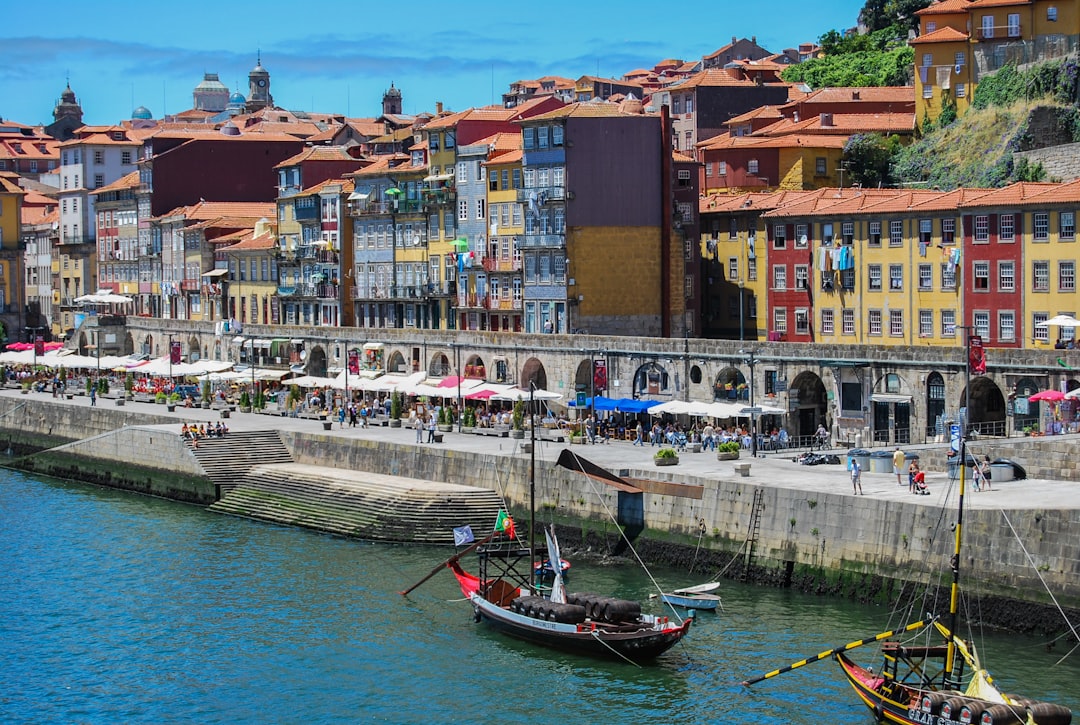A Walk through Mumbai’s Colonial Heritage
Mumbai, the bustling metropolis of India, is a city that embodies a rich and diverse history. From being a small fishing village to becoming the financial capital of the country, Mumbai has witnessed the rise and fall of empires, the turmoil of colonization, and the resilience of its people. One of the most fascinating aspects of the city’s history lies in its colonial heritage, which can be explored through a walk down its streets, offering a glimpse into a bygone era.
The first stop on this colonial heritage tour is the Gateway of India, an iconic monument that symbolizes Mumbai’s past as the gateway to British India. Built in 1924, this architectural marvel stands tall, welcoming both locals and tourists to the city. Its imposing structure reflects the influence of the Indo-Saracenic style, combining Indian and Islamic elements with British Gothic architecture.
From the Gateway of India, a stroll down Colaba Causeway takes you through the heart of colonial Mumbai. This bustling street is lined with beautiful heritage buildings that once housed prominent British institutions and businesses. One such architectural gem is the Taj Mahal Palace Hotel, a luxury hotel that was built in 1903. Its opulent interiors and stunning views of the Arabian Sea have made it a favorite among royalty, celebrities, and dignitaries.
Continuing the journey, a visit to the Chhatrapati Shivaji Terminus is a must. Formerly known as Victoria Terminus, this architectural masterpiece is a UNESCO World Heritage Site and a hub of Mumbai’s suburban railway network. Built in 1887, its Victorian Gothic style showcases the grandeur of the British Raj, with its turrets, spires, and stained glass windows. The station is always bustling with activity and offers a glimpse into the daily lives of Mumbaikars.
As the walking tour progresses, a visit to the Ballard Estate is a step back in time. This precinct was once the commercial hub of British Mumbai, with its grand buildings and expansive warehouses. The architecture here is predominantly Neoclassical, showcasing the British love for symmetry and order. The area still retains its old-world charm, with its cobbled streets and well-preserved buildings that now house businesses and government offices.
The next stop on this journey is the Bombay High Court, an imposing structure that stands as a testament to Mumbai’s legal heritage. Designed by British architect George Wittet, this Gothic-style building is an architectural marvel. The ornate interiors and imposing corridors transport visitors back to a time when the British judiciary system held sway over the city.
Finally, a visit to the iconic Rajabai Clock Tower completes this walk through Mumbai’s colonial heritage. Completed in 1878, this tower was modelled after London’s Big Ben and was once the tallest structure in the city. Its intricate carvings and beautiful stained glass windows make it a sight to behold. Visitors can also hear the chimes of the clock, which can be heard from several parts of the city.
A walk through Mumbai’s colonial heritage offers a glimpse into the city’s past, showcasing the amalgamation of Indian and British architectural styles. It reminds us of the transformative impact of colonization on the city and its people. Each building tells a story, serving as a reminder of the struggles, triumphs, and resilience that shaped Mumbai into the vibrant and diverse city it is today.












